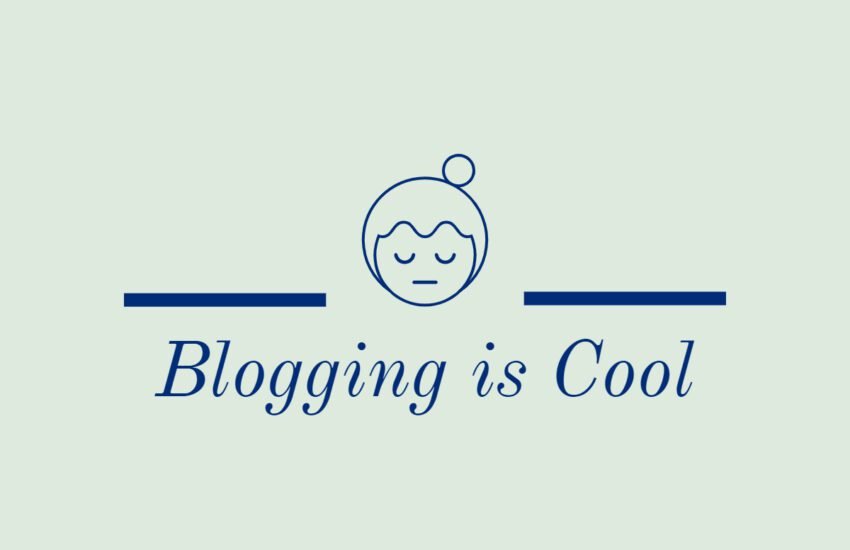Registering a Domain for Your Blog is a Simple Process
Registering a domain for your blog has become a straightforward process, thanks to the integrated domain registration services offered by many blogging platforms.
This convenient feature allows you to search for available domains and register them with just a few simple steps. Not only does this simplify the process, but it also helps you establish a professional online presence.
- Why is Registering a Domain Important?
- The Process of Registering a Domain
- Additional Tips for Choosing a Domain
- Conclusion
- Frequently Asked Questions
- 1. What is a domain, and why do I need one for my blog?
- 2. Where can I register a domain for my blog?
- 3. How do I choose the right domain name for my blog?
- 4. Can I change my domain name after registering it for my blog?
- 5. What is domain privacy protection, and do I need it for my blog?
- 6. How long does it take to register a domain for my blog?
- 7. What is domain renewal, and how often do I need to renew my domain for my blog?
- 8. Can I register multiple domains for my blog?
- 9. What are domain extensions, and how do I choose the right one for my blog?
- 10. What should I do if the domain name I want for my blog is already taken?
Why is Registering a Domain Important?
Before we delve into the process of registering a domain, let’s first understand why it is important for your blog.
A domain is like your blog’s address on the internet. It is the unique identifier that people will use to find and access your blog. Having your own domain name gives your blog a professional touch and makes it easier for your audience to remember and share.
Additionally, having a custom domain allows you to have full control over your blog’s branding. You can choose a domain name that aligns with your blog’s niche and reflects your brand identity.
This helps you build trust and credibility with your readers.
The Process of Registering a Domain
Now, let’s walk through the process of registering a domain for your blog. Although the exact steps may vary slightly depending on the blogging platform you are using, the overall process remains similar.
Step 1: Choose a Domain Registrar
The first step is to choose a domain registrar.
A domain registrar is a company that allows you to register and manage your domain names. There are several reputable domain registrars available, such as GoDaddy, Namecheap, and Google Domains.
Do some research and choose the one that best fits your needs in terms of pricing, customer support, and additional features.
Step 2: Search for Available Domains
Once you have chosen a domain registrar, you can start searching for available domains.
Most registrars provide a search tool where you can enter your desired domain name and check its availability. It’s a good idea to have a few backup options in case your preferred domain name is already taken.
Step 3: Select and Register Your Domain
After finding an available domain name that suits your blog, it’s time to register it. Follow the prompts provided by the domain registrar to complete the registration process.
You will typically need to provide your contact information and choose a registration period (usually 1-10 years).
During the registration process, you may also have the option to add additional services, such as domain privacy protection or email hosting. Consider these options based on your needs and budget.
Step 4: Connect Your Domain to Your Blog
Once you have successfully registered your domain, you need to connect it to your blog. The process may vary depending on your blogging platform, but it usually involves updating the DNS (Domain Name System) settings.
If you are using a popular blogging platform like WordPress, there are usually detailed instructions available on how to connect your domain. Alternatively, you can reach out to your domain registrar’s customer support for assistance.
Additional Tips for Choosing a Domain
When choosing a domain for your blog, consider the following tips:
- Keep it simple and easy to remember.
- Avoid using numbers or hyphens, as they can be confusing.
- Try to include relevant keywords that reflect your blog’s niche.
- Consider the future scalability of your blog. Will the domain name still be relevant if your blog expands to cover broader topics?
Remember, your domain name is an important aspect of your blog’s identity, so take your time to choose a name that resonates with your audience and represents your brand effectively.
Conclusion
Registering a domain for your blog has become a simple and streamlined process, thanks to the integrated domain registration services offered by many blogging platforms.
By following a few easy steps, you can secure a unique domain name that enhances your blog’s professionalism and helps you build a strong online presence.
Take the time to choose a domain name that aligns with your blog’s niche and reflects your brand identity.
With your own domain, you can establish credibility, increase brand recognition, and make it easier for your audience to find and share your blog.
Frequently Asked Questions
1. What is a domain, and why do I need one for my blog?
A domain is the unique web address that visitors use to access your blog, such as “www.yourblogname.com”. You need a domain for your blog to establish your online identity, make your blog easily accessible to visitors, and build brand recognition.
2. Where can I register a domain for my blog?
You can register a domain for your blog through domain registrars, which are companies accredited by the Internet Corporation for Assigned Names and Numbers (ICANN) to sell domain names. Popular domain registrars include GoDaddy, Namecheap, Google Domains, and Bluehost.
3. How do I choose the right domain name for my blog?
When choosing a domain name for your blog, consider the following factors:
– Make it relevant to your blog’s topic or niche.
– Keep it short, memorable, and easy to spell.
– Avoid hyphens, numbers, or special characters that can make the domain harder to remember.
– Check for availability and avoid trademarked or copyrighted names.
– Consider using keywords that reflect your blog’s content to improve search engine visibility.
4. Can I change my domain name after registering it for my blog?
Yes, it’s possible to change your domain name after registering it for your blog, but it can be a complex and potentially disruptive process.
Changing your domain name may require updating links, branding materials, and SEO considerations. It’s best to choose a domain name carefully from the start to avoid the need for changes later on.
5. What is domain privacy protection, and do I need it for my blog?
Domain privacy protection (also known as WHOIS privacy) is a service that hides your personal contact information from the public WHOIS database, which lists domain registrants’ contact details.
It helps protect your privacy and reduce spam. While domain privacy protection is optional, it’s recommended for bloggers who want to keep their personal information private.
6. How long does it take to register a domain for my blog?
Domain registration is typically a quick process that can be completed in a matter of minutes.
Once you’ve chosen an available domain name and completed the registration process with your chosen domain registrar, your domain should be active and accessible within a few hours to a couple of days.
7. What is domain renewal, and how often do I need to renew my domain for my blog?
Domain renewal is the process of extending the registration period for your domain name to maintain ownership and keep it active. Most domain registrars offer domain registration terms ranging from one to ten years, after which you’ll need to renew your domain to prevent it from expiring.
It’s important to renew your domain before the expiration date to avoid any disruption to your blog’s availability.
8. Can I register multiple domains for my blog?
Yes, you can register multiple domains for your blog if you want to protect your brand, target different audiences, or create variations of your domain name.
However, registering multiple domains may require additional costs for registration and renewal fees. Consider your blog’s goals and branding strategy before deciding whether to register multiple domains.
9. What are domain extensions, and how do I choose the right one for my blog?
Domain extensions (also known as top-level domains or TLDs) are the suffixes at the end of domain names, such as “.com”, “.net”, or “.org”. There are hundreds of domain extensions available, including country-code extensions (e.g., “.us”, “.uk”) and new generic extensions (e.g., “.blog”, “.store”). When choosing a domain extension for your blog, consider factors such as availability, relevance to your audience, and branding preferences.
10. What should I do if the domain name I want for my blog is already taken?
If the domain name you want for your blog is already taken, you have several options:
– Try variations of the domain name, such as adding hyphens, prefixes, or suffixes.
– Contact the current domain owner to inquire about purchasing the domain, if it’s not actively in use.
– Use domain auction platforms or aftermarket domain marketplaces to find and purchase the domain from its current owner.
– Explore alternative domain extensions that may be available for your desired domain name.


